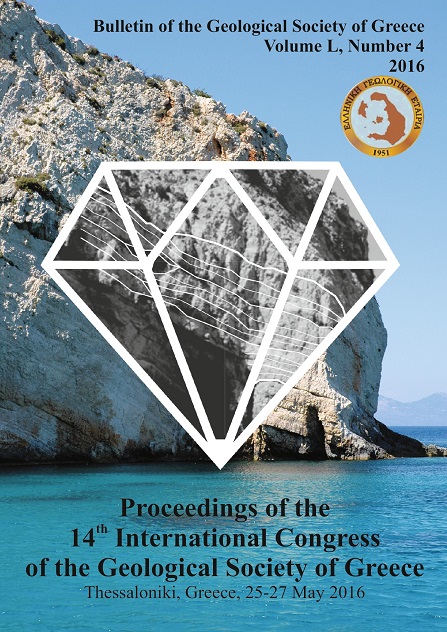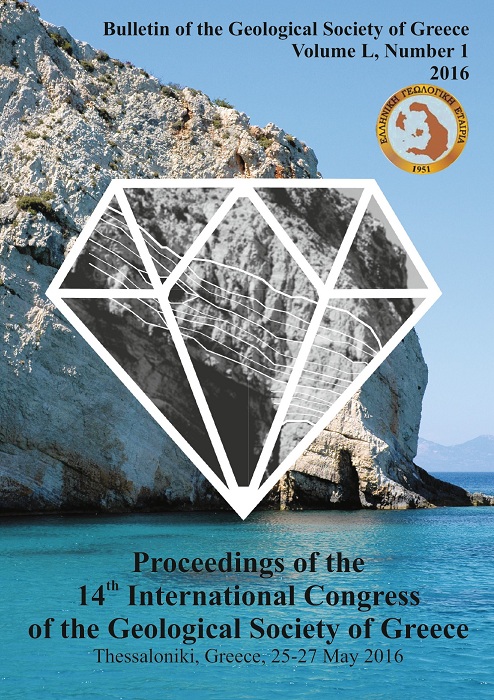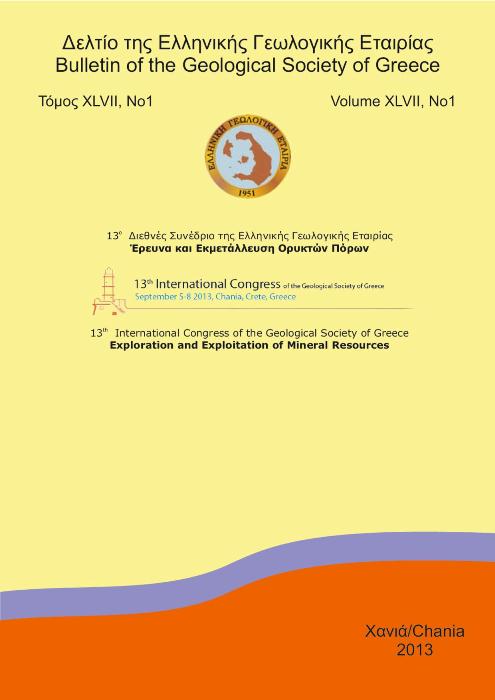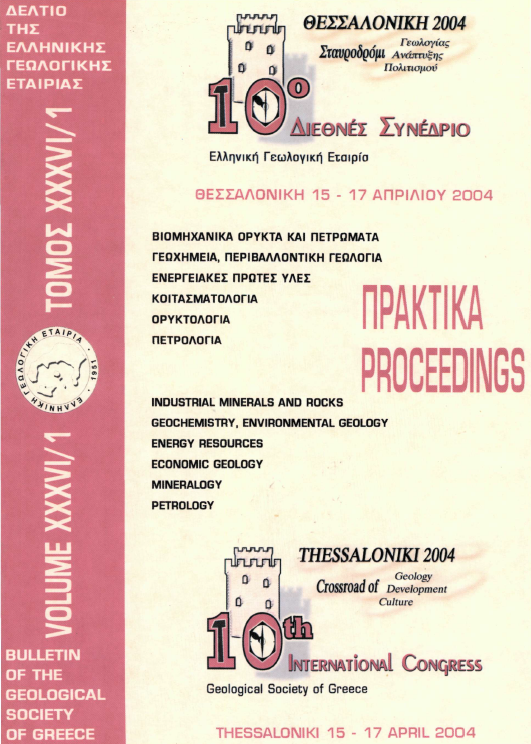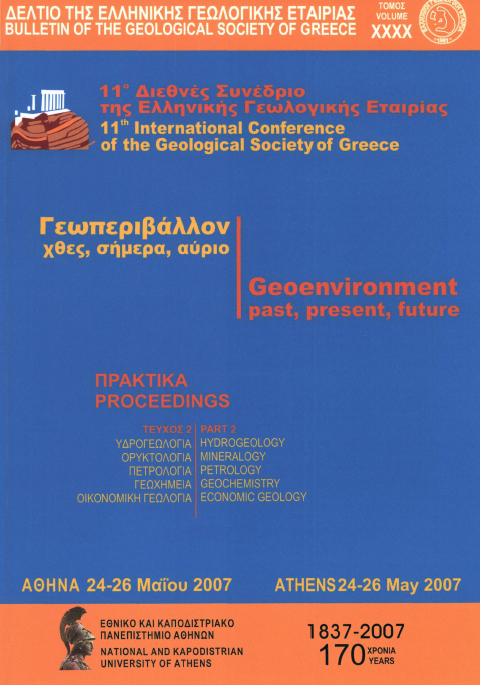PHOSPHORUS ZONING FROM SECONDARY OLIVINE IN MANTLE XENOLITH FROM MIDDLE ATLAS MOUNTAINS (MOROCCO, AFRICA): IMPLICATIONS FOR CRYSTAL GROWTH KINETICS
Résumé
Mantle xenolith samples in contact with basalt flows were collected from the Tafraoute maar in Morocco. Discrete melt veins are present in one xenolith sample, crosscutting primary layering and foliation. We used both optical microscopy and electron microprobe analysis to characterize the glasses and minerals in the melt veins. The melt veins consist of glass and crystals of olivine, clinopyroxene, plagioclase, spinel and apatite. The olivine in the melt veins is quite distinct from the same mineral within the matrix due to its characteristic P-enriched rims (up to 0.3 wt.%). Correlations between Al and P, as well as experimentally determined partition coefficient for P, point towards non-equilibrium partitioning during rapid crystal growth at the end of crystallization.
Article Details
- Comment citer
-
Mavrogonatos, K., Flemetakis, S., Papoutsa, A., Klemme, S., Berndt, J., Economou, G., Pantazidis, A., Baziotis, I., & Asimow, P. (2016). PHOSPHORUS ZONING FROM SECONDARY OLIVINE IN MANTLE XENOLITH FROM MIDDLE ATLAS MOUNTAINS (MOROCCO, AFRICA): IMPLICATIONS FOR CRYSTAL GROWTH KINETICS. Bulletin of the Geological Society of Greece, 50(4), 1923–1932. https://doi.org/10.12681/bgsg.11933
- Rubrique
- Petrology and Mineralogy

Ce travail est disponible sous licence Creative Commons Attribution - Pas d’Utilisation Commerciale 4.0 International.
Authors who publish with this journal agree to the following terms:
Authors retain copyright and grant the journal right of first publication with the work simultaneously licensed under a Creative Commons Attribution Non-Commercial License that allows others to share the work with an acknowledgement of the work's authorship and initial publication in this journal.
Authors are able to enter into separate, additional contractual arrangements for the non-exclusive distribution of the journal's published version of the work (e.g. post it to an institutional repository or publish it in a book), with an acknowledgement of its initial publication in this journal. Authors are permitted and encouraged to post their work online (preferably in institutional repositories or on their website) prior to and during the submission process, as it can lead to productive exchanges, as well as earlier and greater citation of published work.

